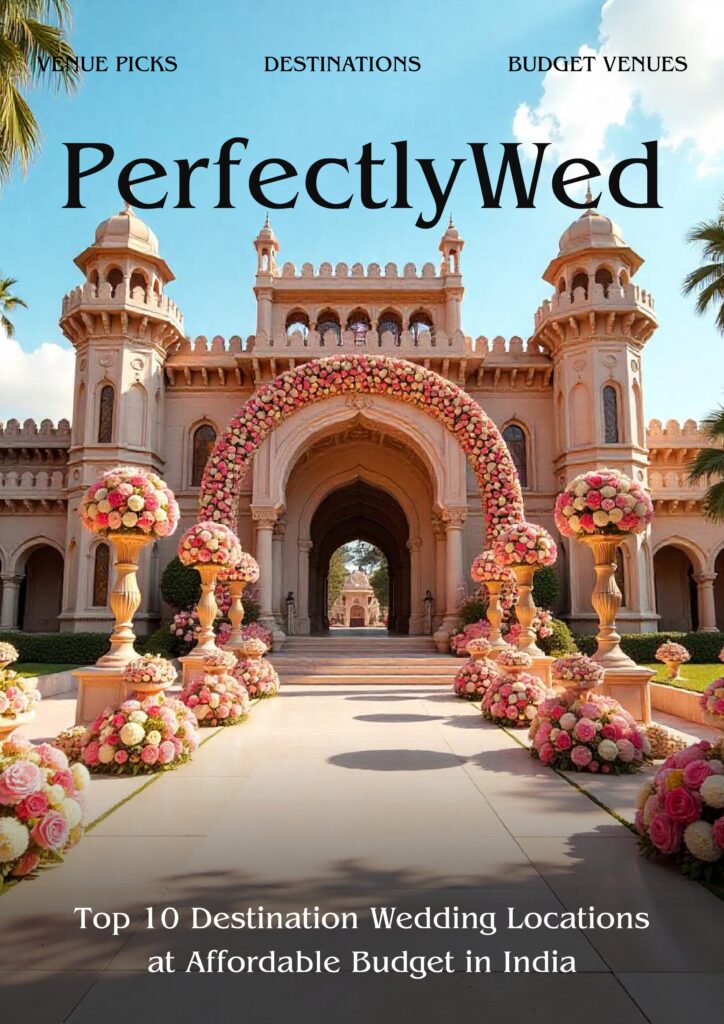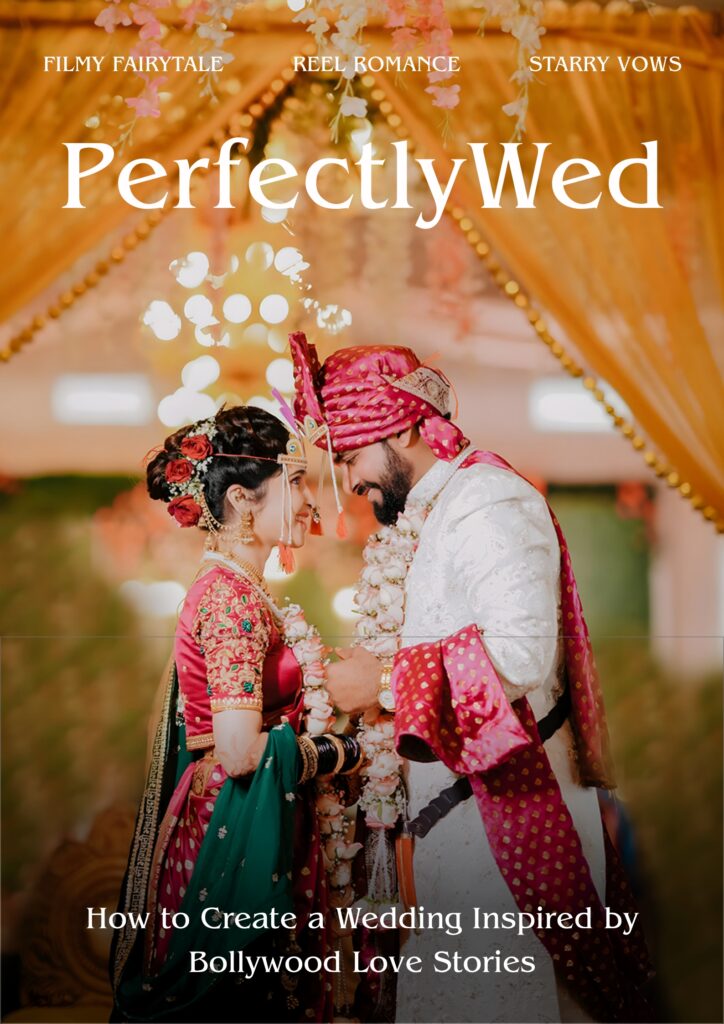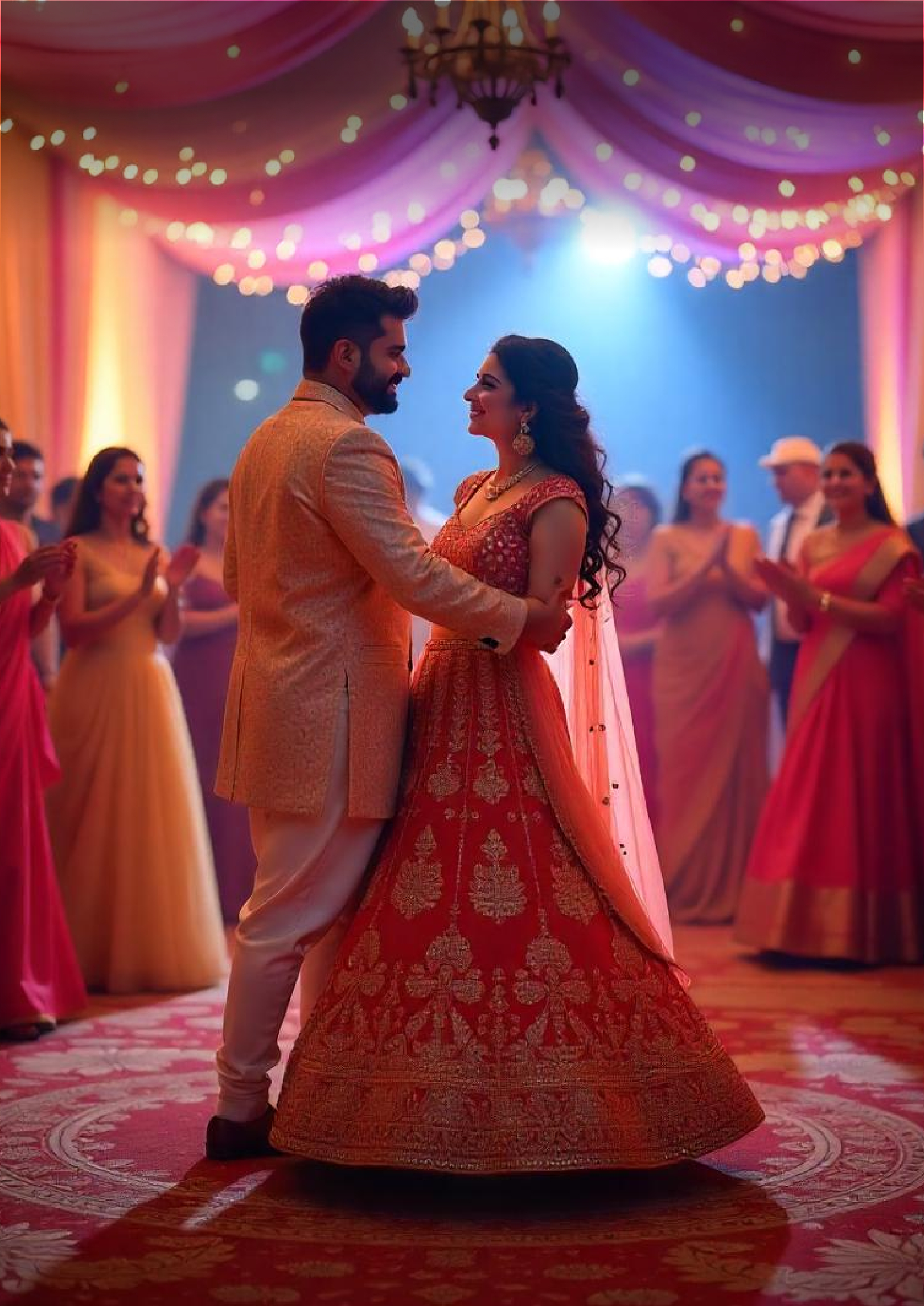

How to Choose Music for a Wedding: A Guide to Getting It Just Right
Music isn’t just background noise at an Indian wedding—it’s the heartbeat of the entire celebration. It energizes the dance floor, stirs deep emotions during rituals, and leaves guests with memories they’ll hum for years. But in a country as culturally diverse as India, choosing the right music for a wedding isn’t as simple as compiling a playlist. It’s an art that balances tradition, taste, mood, and meaning. From sacred ceremonies to boisterous baraats, here’s a complete guide to curating a wedding soundtrack that hits all the right notes.
1. Understand the Cultural and Regional Background
India isn’t a monolith. It’s a tapestry of communities, languages, and customs. The first step in selecting wedding music is understanding the regional and cultural background of the couple and their families. A Punjabi wedding will throb with dhol beats and bhangra hits, while a South Indian ceremony might be accompanied by serene strains of nadaswaram and Carnatic music. Gujarati weddings often feature garba and dandiya rhythms, and a Bengali celebration may call for Rabindra Sangeet or Baul folk songs. If the couple comes from mixed backgrounds, a thoughtful fusion playlist that incorporates traditions from both sides can be a touching gesture.
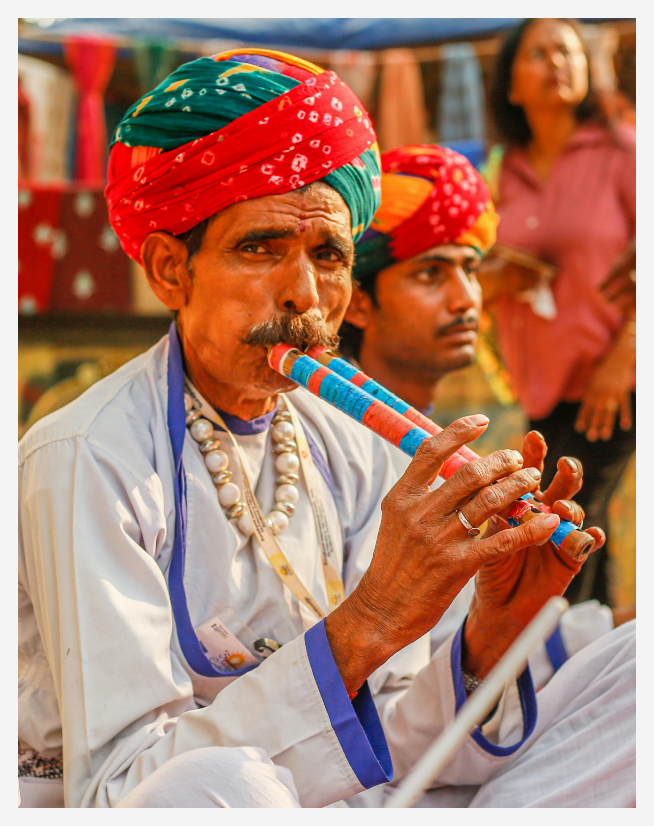
2. Match the Music to the Ceremony and Mood
Indian weddings span several days and include multiple events, each with its own character. Choosing music that reflects the tone of each ceremony ensures a seamless experience. For the haldi, opt for cheerful and acoustic tracks that feel intimate and playful. Mehendi ceremonies can include soft Bollywood classics or folk melodies to encourage relaxed mingling. The sangeet is the high-energy highlight of many weddings and demands danceable hits, vibrant choreography, and crowd-friendly anthems. The wedding ceremony itself should have a reverent feel—instrumental music or devotional songs can create an atmosphere of sacredness, whether it’s a Hindu vivah, a Muslim nikah, or a Christian exchange of vows. The bidaai, often the most emotional moment, calls for gentle, heart-tugging music that gives space for tears and goodbyes. Finally, the reception can be a mix of romance and revelry, combining classic duets with modern pop and upbeat dance tracks.
3. Involve the Families and Respect Generational Tastes
Weddings in India are as much about family as they are about the couple. Including parents and elders in the musical planning can help bridge generational gaps and avoid uncomfortable moments. Share your song ideas with them early and consider incorporating songs they love—whether that’s a retro Bollywood tune or a regional folk favorite. A well-rounded soundtrack features something for everyone: the young guests who want to dance, the aunties who want to sing along, and the grandparents who simply want to feel included. At the same time, avoid songs with risqué lyrics or suggestive dances at formal or ceremonial events unless you’re certain it won’t offend anyone.

4. Build a Balanced and Varied Playlist
The best wedding music playlists are like a thali—full of variety and balance. Avoid cramming the list with only trending hits or songs from a single genre. Blend traditional and modern styles, mix languages if needed, and transition between energy levels based on the event. A strong playlist might move from a classical raga at the mandap to romantic Bollywood at the dinner table, before exploding into club beats at the after-party. Music can—and should—be layered with intention and emotion.


5. Know What Not to Do
While planning music, be mindful of what’s inappropriate. Sacred music like bhajans, qawwalis, or Sufi tracks should never be used as background for partying or casual gatherings. These songs carry religious significance and should be treated with reverence. Also, keep an eye on the volume—loud music may suit the baraat or sangeet, but it’s jarring during solemn rituals. Take care when using songs in languages you don’t fully understand. Some popular tracks may have lyrics that aren’t suitable for a family audience, and you don’t want to discover that mid-celebration. Rehearsing dance performances with the actual versions of the songs is another crucial step that’s often overlooked. It ensures timing, coordination, and eliminates awkward pauses on stage.
6. Decide Between Live Music and a DJ
Each has its place. Live music adds a rich, personal touch to ceremonies and intimate events like the mehendi or the wedding itself. Classical musicians, instrumental trios, or even a soft jazz band can elevate the ambiance. DJs, on the other hand, are the lifeblood of high-energy events like the sangeet, baraat, and reception. A seasoned wedding DJ who understands Indian music—and knows how to blend it with global beats—can keep the party alive while reading the mood of the crowd. Ideally, your wedding should feature a mix of both experiences, used at the right moments.
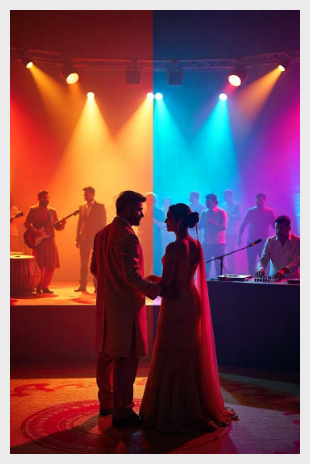
7. Coordinate with Performers and Venues in Advance
Once your music is selected, logistics matter. Share your event schedule with your DJ or band so they can prepare for each segment. Confirm whether your venue has sound restrictions or noise curfews, especially for outdoor or late-night events. Schedule a sound check during your rehearsal if possible. This avoids last-minute hiccups and ensures smooth transitions between events. Also, if you’re using pre-recorded music for dances or special entries, make sure your team knows exactly when and how to cue the songs.
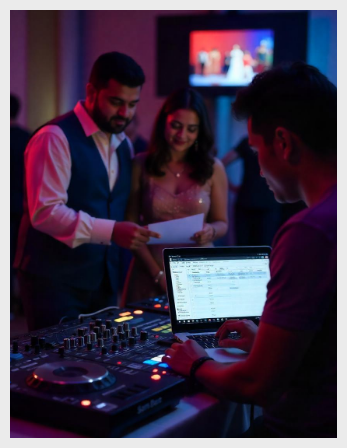
8. Personalize Your Soundtrack
A truly memorable wedding includes music that reflects the couple’s story. Maybe it’s the song that played during your proposal or one you both sang on a road trip. Incorporating these personal tracks into your playlist—even subtly—adds intimacy and charm. Play your favorite song during your entrance, first dance, or while walking down the aisle. Consider printing QR codes to playlists for your guests or including them in your wedding welcome kits. It’s a small touch, but it makes a big impression.
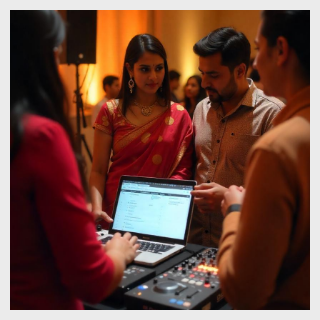
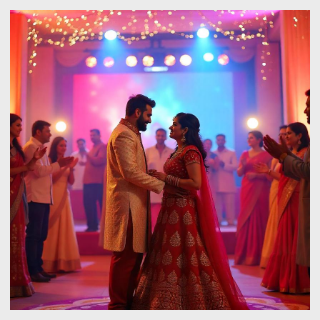
Conclusion
Indian weddings are grand and intricate, but what gives them life is music. It brings together old and young, North and South, classical and pop. The key is to be intentional. Honor traditions, listen to your families, keep your guests engaged, and above all, let the music tell your story. If you get it right, the melodies from your wedding will echo in memories long after the final song ends.
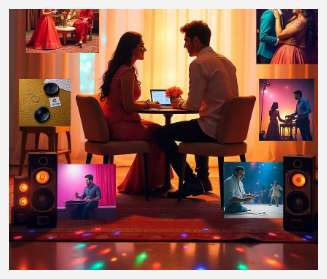
Summary: Key Steps to Choosing Indian Wedding Music
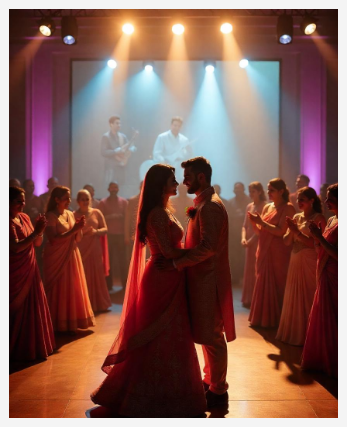
- Understand the cultural and regional background of the families.
- Match music to the mood and purpose of each ceremony.
- Involve families and consider generational preferences.
- Book flights and hotels early to save big
- Build a playlist that balances traditional, modern, and international styles.
- Avoid religious or inappropriate music in the wrong settings.
- Use live music and DJs at the appropriate events.
- Coordinate with your DJ, musicians, and venue in advance.
- Personalize your soundtrack to reflect your unique love story.
Pro Tip: Create separate Spotify or Apple Music playlists for each event (Haldi, Mehendi, Sangeet, Wedding, Reception). Share them with your DJ or wedding planner in advance!
